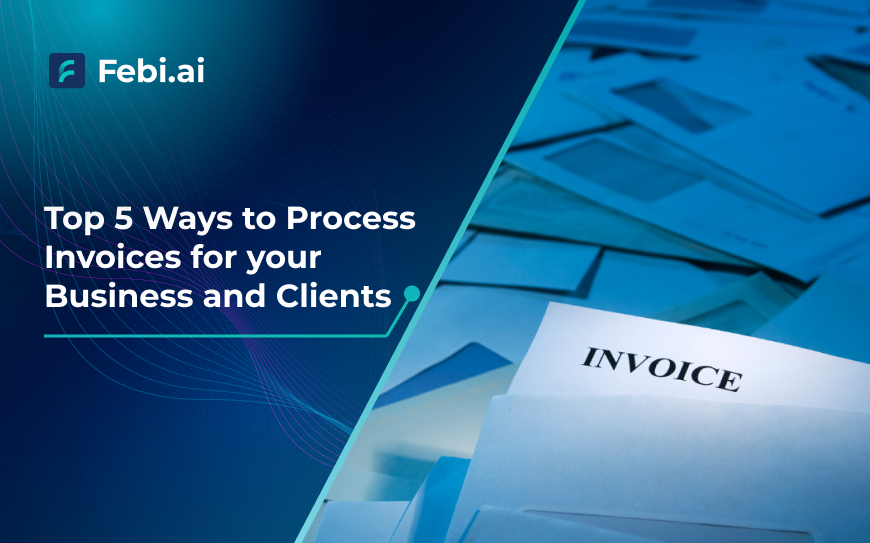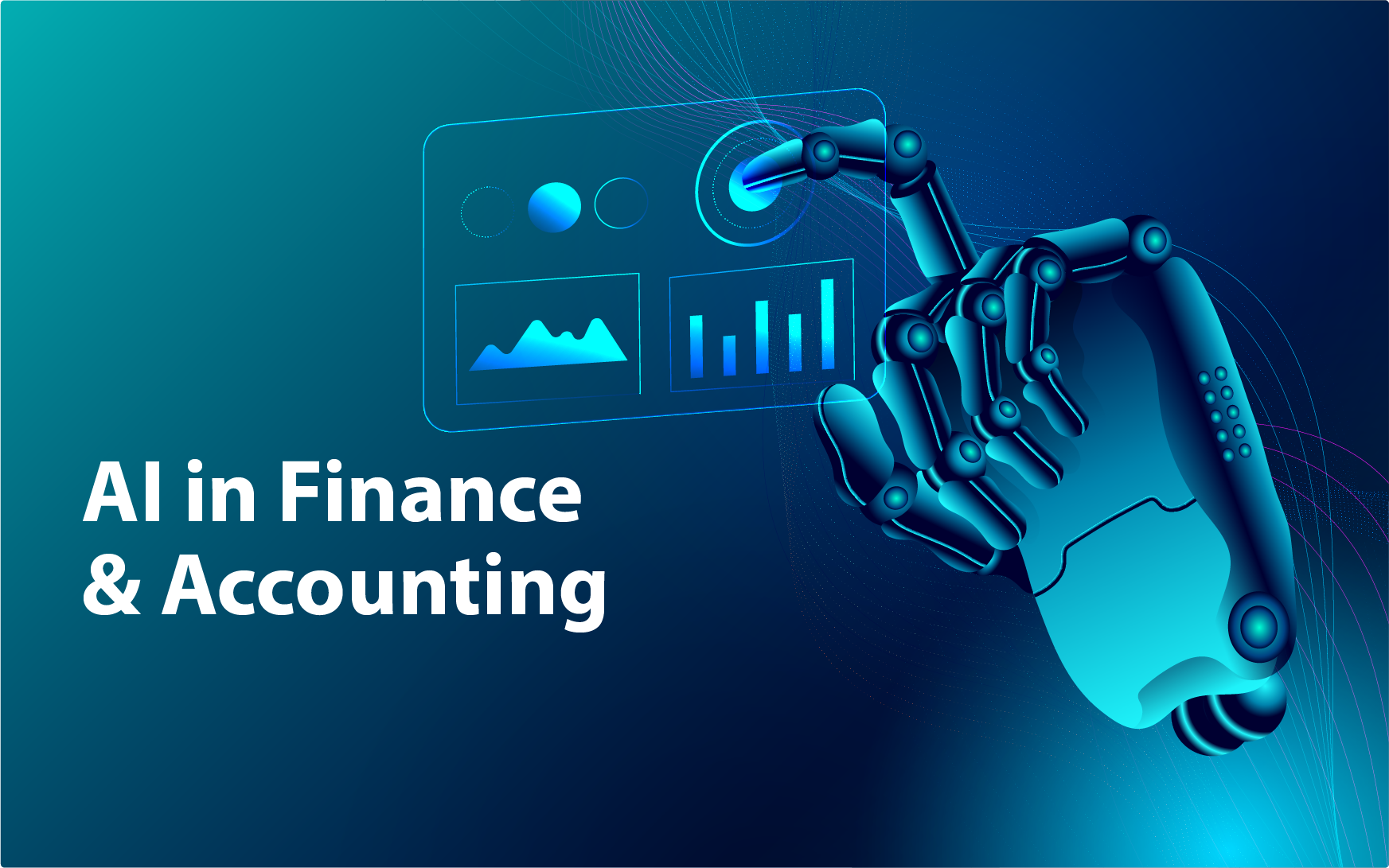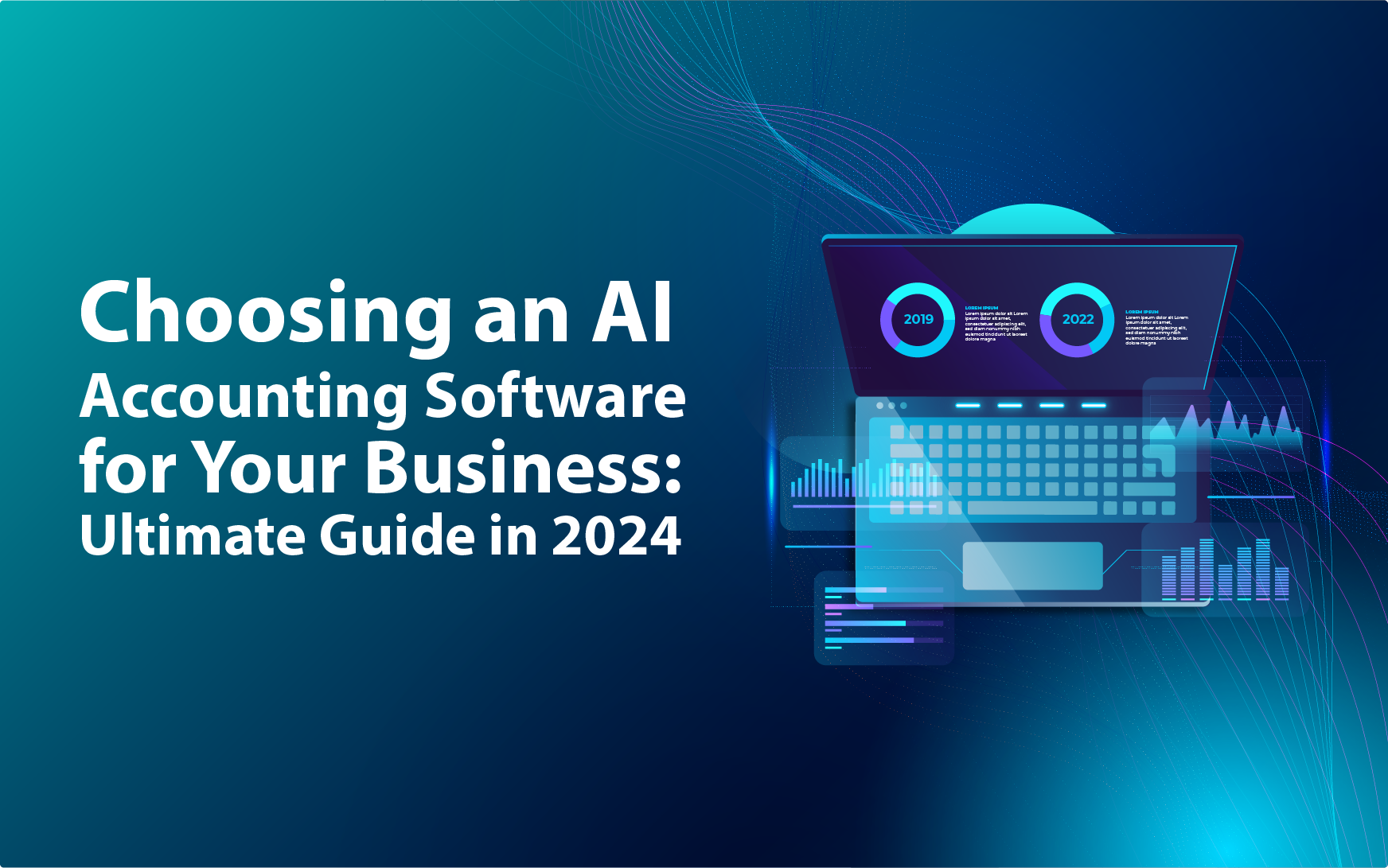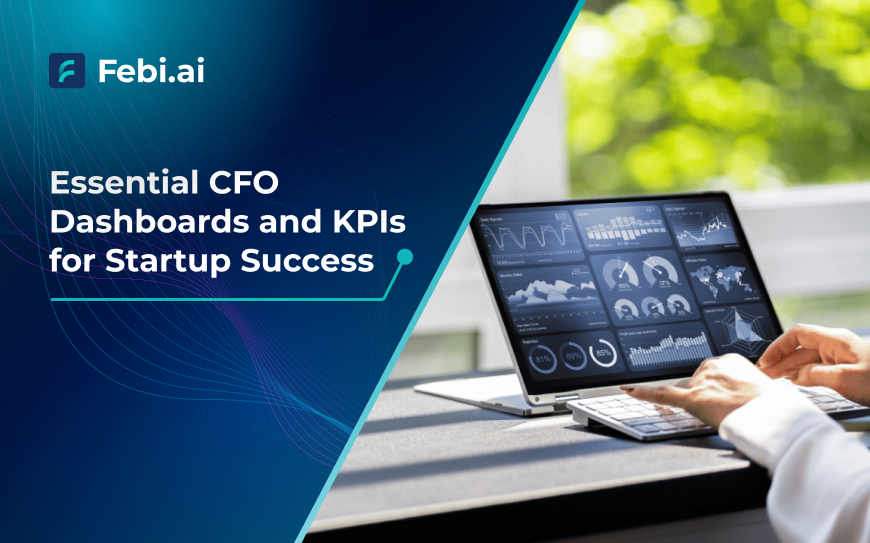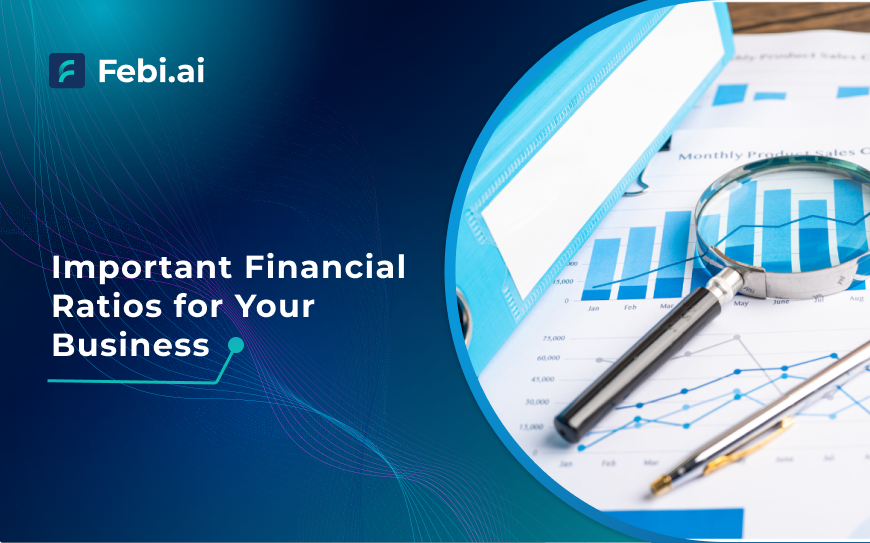Do you often find yourself stuck with the endless piles of invoices of your business? You are not alone. For most founders and businesses invoice processing and management is one of the most complex tasks. Moreover, doing your invoices manually could be costing your significant productive hours and inefficiencies.
Table of Contents
What is Invoice Management?
Business invoice management is the meticulous process of handling, processing, and tracking invoices from receipt to payment. For business owners and professionals dealing with clients and suppliers, smart invoicing and billing processes are essential for ensuring financial transactions are accurately recorded and that payments are made on time. It involves several crucial stages: invoice receipt, data capture, validation, approval workflow, payment processing, and record-keeping.
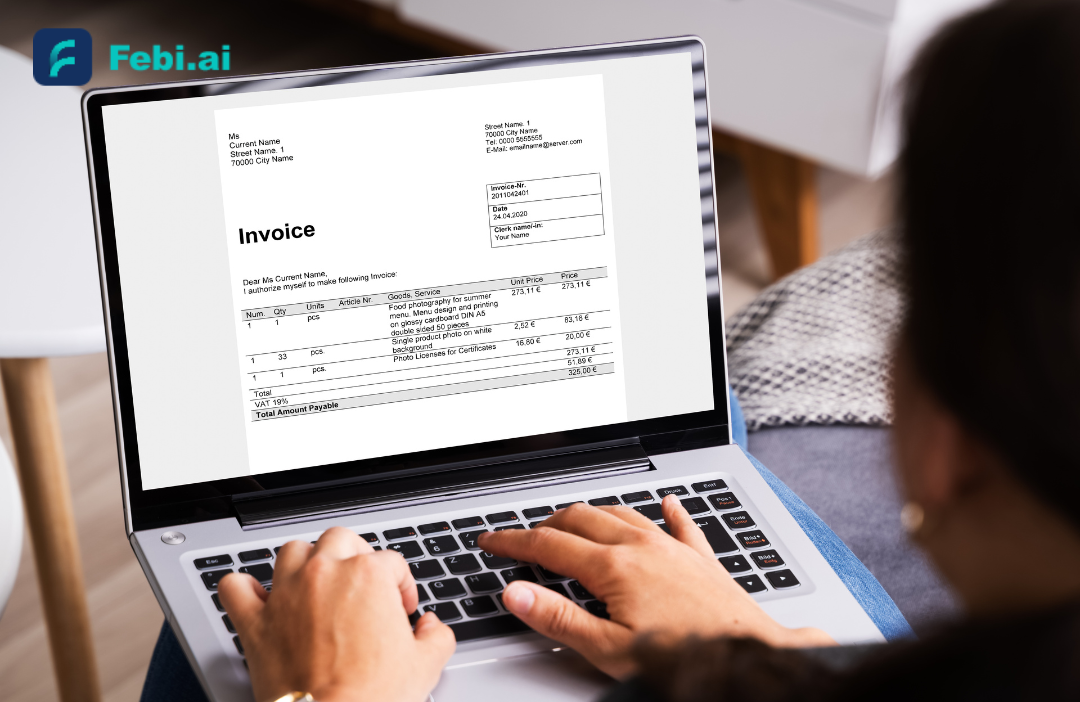
What Makes Invoice Management Important?
Picture this—accurate records, timely payments, and strengthened relationships with clients and suppliers.
That’s the promise of effective business invoice management. It’s the engine driving your accounts payable process, reducing errors, and boosting financial control. With automation at your fingertips, you’re not just saving time but paving the way for strategic pursuits. Typically, most businesses do manual invoice processing workflow for invoicing, or specifically invoice processing.
Let’s have a look at the potential growth projections in the Global E-Invoicing Market.
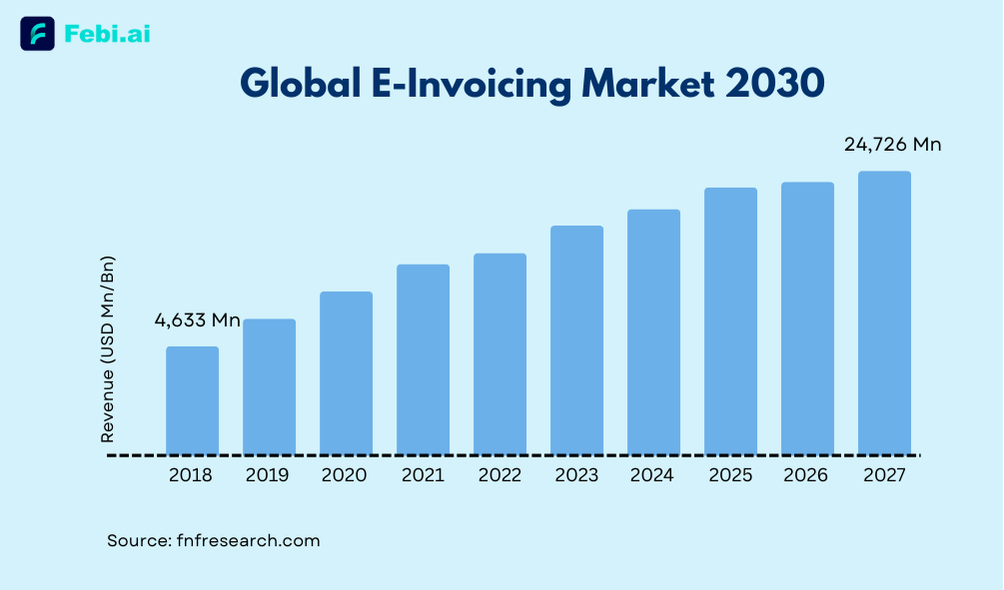
According to the report, the global E-Invoicing market projections are expected to reach USD 24,726 mn by 2027. As organisations are optimising their operation and financial management workflows, they have over the years moved from paper invoices to paperless invoices and now to automated invoices.
Types of Invoice Processing
Small business invoicing methods or in simple words, e-invoice generators vary based on business needs and technological capabilities. Here are the primary approaches:
Manual Invoice Processing
- Paper-Based: Traditional method involving handling of physical paper invoices, which are manually sorted, reviewed, and entered into your accounting system. This processing method requires significant human intervention, leading to slower processing times and increased risk of errors.
- Email-Based: Receive and share invoices via email, printed out, and processed manually, much like the paper-based processing. While slightly more efficient than paper-based methods, it relies heavily on manual data entry and lacks automation.
Challenges Related to Manual Invoicing
Manual invoicing consumes precious time, impeding efficiency and productivity in business operations.
- Time Taking: With manual invoicing, one major issue is the heightened risk of delayed invoices and payments, which can impact your business’ cash flow.
- Late Payment: Insufficient communication exacerbates processing delays, compromising timely payments and impacting cash flow management.
- Missed payments: With manual handling, the threat of missed payments looms large, potentially straining supplier relationships and tarnishing business reputation.
- Errors in payments and receipts: Manual processes increase the probability of errors in receipts or payments, undermining financial accuracy and trustworthiness.
Automated Invoice Processing
Automated invoice processing revolutionises how businesses handle invoices by using artificial intelligence to automatically extract, validate, and process data, minimising manual errors and saving valuable time. This advanced solution not only boosts efficiency but also ensures timely payments and smoother financial management.
5 Ways of Automated Invoice Processing: For Business and Clients
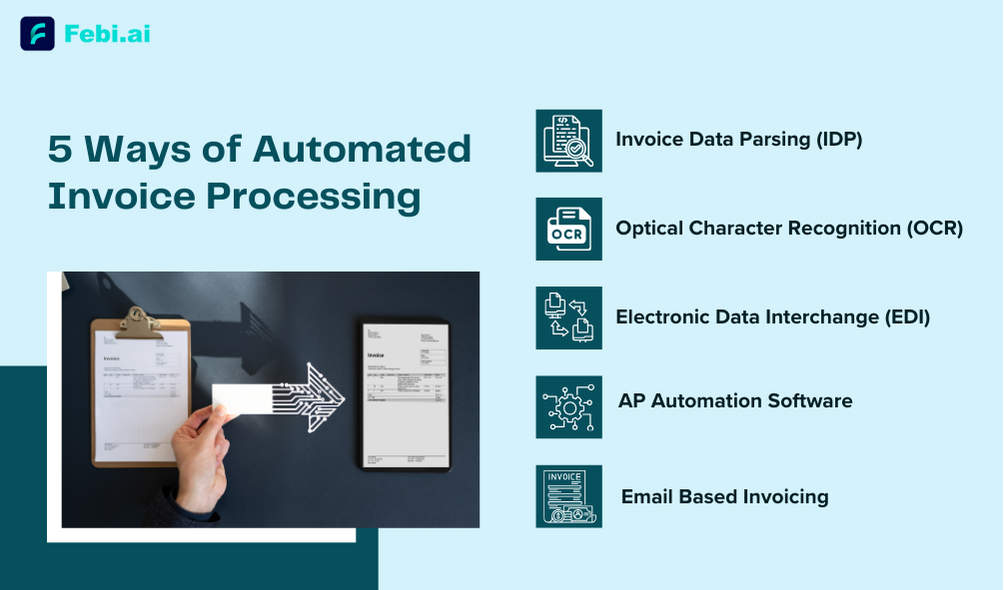
- Invoice Data Parsing (IDP): This is the most critical and advanced tool used for processing business invoices. It is like having a super-smart assistant for your invoicing—it uses advanced OCR and machine learning to read and understand invoices with incredible accuracy. At Febi.ai, we’ve integrated IDP into our invoicing tool to make handling invoices faster and more reliable.
- Optical Character Recognition (OCR): In this business invoice generator method, invoices are created using a software to scan and extract data from paper invoices, converting it into digital text for automated processing. OCR technology significantly reduces the need for manual data entry and improves accuracy.

- Electronic Data Interchange (EDI): Direct electronic exchange of invoice data between suppliers and buyers’ systems, eliminating the need for manual data entry and streamlining the invoice processing workflow. EDI ensures faster processing times and reduces the risk of errors associated with manual handling.
- AP Automation Software: Comprehensive invoice management software that automates the entire invoice processing workflow, from receipt to payment, integrating with accounting systems for seamless operations. Everything from data capture, invoice validation, approval routing, and payment channels and processing, is automated—resulting in faster processing times, improved accuracy and reduced administrative costs.
- Email Based Invoicing: Although not fully automated, email is also used to process and manage invoicing in businesses, although you will have to look for another invoice generator with it.
Unlike traditional methods, IDP focuses specifically on understanding invoice details, which means fewer errors and quicker processing times. It’s like upgrading from manual bookkeeping to a high-speed data processor that not only saves time but also cuts down on costly mistakes.
Businesses using Febi.ai invoicing tool with IDP can streamline their invoicing workflows, stay compliant with regulations, and bring an end to getting bogged down in paperwork.
Evident from the name, invoices are sent/received via email but need proper manual review, validation and need to be manually entered into the books of accounts. Emails are typically used for small business invoicing and billing processes but are not the best way to manage invoicing in a business.
Why You Should Do Automated Invoice Processing
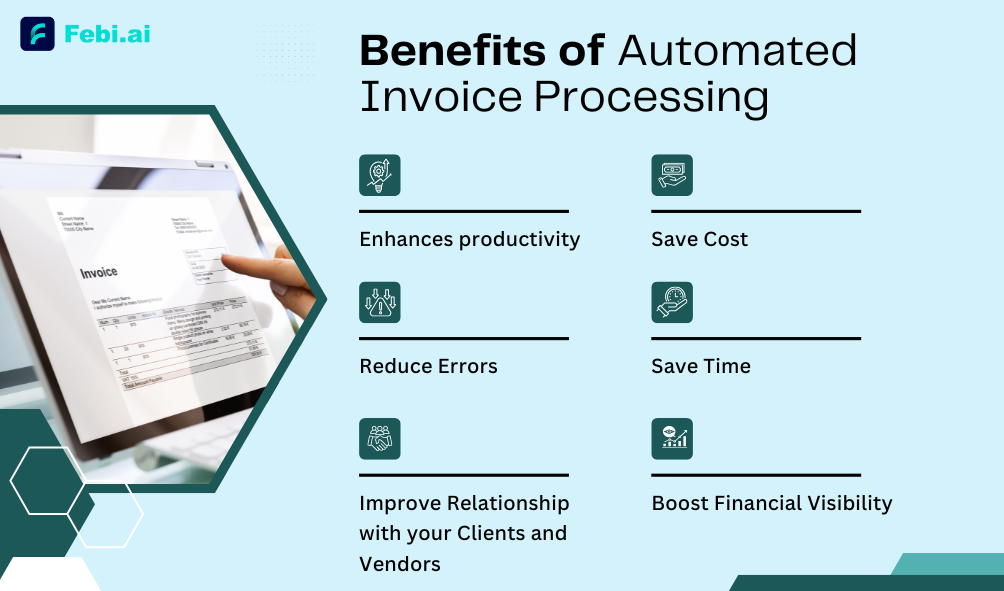
Enhances productivity
Imagine a scenario when you or your accountant spend hours creating manual business invoices, checking each name and client or customer detail. While the time can vary based on the average transactions your business handles in a day or a week, automated invoicing helps ensure tedious manual work is managed quickly and efficiently. This frees up your team’s time so they can focus on more meaningful and strategic work.
Save Cost
More than time-consuming, manual invoicing is expensive due to the potential of errors and the rework associated with it. Invoice automation feature in Febi cuts down on expenses with maximised accuracy and lower risk of errors related to manual oversight. This efficiency directly translates to tangible business savings.
Reduce Errors
Human errors are inevitable. But even a small error can cost you a major business loss. However, with automated invoicing, mistakes become a thing of the past. Advanced, trained algorithms ensure invoicing is accurate, minimises discrepancies and disputes.
Save Time
Saving on productive business hours can help you leverage a competitive edge over other businesses. Smart invoicing tools can automate invoicing creation, sharing and management/follow-up process end to end. This frees up your accountant’s time, which can be further dedicated to high value tasks.
Every business is trying to optimise resource productivity and automated invoicing is a great way to do it.
Improve Relationship with your Clients and Vendors
This is one of the often-overlooked aspects in running a business but a necessary one.Sending professional-looking business invoices with your company logo and important details on time can significantly effect how your brand value is perceived by your clients and vendors. Sending accurate invoices over the time ensures higher trust and satisfaction and strengthens the probability of customer or client retention.
Boost Financial Visibility
Picture this—you are in a high-stakes meeting with a client and you need quick access to the financial status of the last quarter’s invoicing. This becomes a cake-walk with Febi.ai’s real time dashboard, in which you get end-to-end insights in a click.
Next Steps
Febi.ai brings you powerful AIl tools and features for smart invoicing and billing processes. From using sleek, professional templates for different invoice types to managing e-invoices and e-way bills with ease, it simplifies every step. Need to edit or share invoices quickly? Febi.ai has you covered.
Using Febi.ai’s intuitive features that are available in its invoice management software, business owners not only boost efficiency in your invoice management but also build stronger client trust through seamless invoicing practices. Learn more about Febi.ai today to streamline your invoicing workflows and grow your business effortlessly.
